Famous translator
"That year, I was a student at Tan An Provincial School. Every night, after dinner, my brothers and I did our homework and studied until 8 o'clock. Then my father took out a book by Tran Phong Sac that he had just borrowed that afternoon. My brothers and I took turns reading it, and the whole family lay down and listened. The neighbors also came to listen and contributed, and it was 10 o'clock when we turned off the lights and went to bed," Mr. Hoi said.
Also according to author Dao Van Hoi, before 1918, the biggest school break started at the end of December and resumed in March of the following year. Except for the first grade (now the fifth grade) preparing for the Primary School Certificate exam, the rest from the second grade and below, the Head of School turned a blind eye and let the teachers and students take a break from mid-December before going home to prepare for Tet. A class of thirty or forty students, only a few dozen went to school for formality and in the morning, the teacher asked them to write a dictation essay and read a few French and Vietnamese texts. In the afternoon, the teachers chose a few students in the class who could read Vietnamese fluently and then took turns reading Chinese stories by Tran Phong Sac.
The two novels "Tiet Dinh San conquers the west" and "Anh hung nao tam mon giai" were translated by Mr. Tran Phong Sac (1872 - 1928) - PHOTO: HOANG PHUONG
PHOTO: HOANG PHUONG
Thanks to good Chinese Tran Phong Sac's translations were very good because he had the soul of a poet. Occasionally, he would insert into the translation an octet or quatrain that sounded pleasant to the ear. For example, in the book Phong Than , he ended the preface with four lines of poetry like this: " The night of Tran Troi Thanh, how many moments have passed/ Phong Than Dien Nghia, explaining the Western sentiment/ Beauty, talent, and rules are fully displayed/ Recorded to advise and fulfill this wish ". The first four words of the four lines of poetry were copied by Tran Phong Sac.
At that time, most of the Chinese stories translated by Tran Phong Sac were published by the Joseph Nguyen Van Viet printing house. In the Phu Nu Tan Van newspaper (July 10, 1930), the urgent notice section of the owner of the printing house J. Nguyen Van Viet had an advertisement: "If you want to buy the stories and read them, please ask for the names of Tran Phong Sac, Nguyen An Khuong and Nguyen Chanh Sat, the famous translators of the South, so that you will not make mistakes in the stories and edit them carelessly."
Funny for appearance
Talking about appearance, author Dao Van Hoi described his teacher: "Tran Phong Sac was ugly, he had a big head of hair, dark skin, and severe squinting. When he went to teach, he wore a faded scarf, an old long tunic, a black umbrella, and very shabby frog-shaped shoes."
Announcement from J.Nguyen Van Viet Publishing House: "Tran Phong Sac, Nguyen An Khuong and Nguyen Chanh Sat are famous translators in the South" - PHOTO: HOANG PHUONG
Regardless of rain or shine, he still walked from home to school every day, always carrying books in his inner pocket. At that time, the government appointed him to teach Ethics to students from Grade 5 to Grade 2 (Grade 1 and Grade 4 now). Students called him the "malicious" teacher (morale) or the fire ogre, because in class, if a student was too playful, he would give him a fiery slap on the head and a zero, which students at that time called... a rotten duck egg!
Tran Phong Sac was quiet and unsociable. During his free time, the teachers would gather to chat, while he sat alone in class reading. At nearly 40 years old, he married a country girl. His house was in the crossroads hamlet, Binh Lap village (now Tan An city, Long An ). In front of his house was a wooden fence, which he painted white and wrote Chinese characters all over the wooden planks. In 1916, the crossroads hamlet was hit by a fire, burning down hundreds of houses. His house was separated by a small canal, so it was not affected.
Luc Tinh Tan Van and Nong Co Min Dam are two newspapers that Mr. Tran Phong Sac often collaborates with - PHOTO: HOANG PHUONG
According to author Vo Van Nhon, Tran Phong Sac's real name is Tran Diem, born in 1872. In 1902, he collaborated with Mr. Canavaggio's Nong Co Min Dam newspaper , Tran Chanh Chieu's Luc Tinh Tan Van (1907) newspaper and began his translation and writing work. Also according to Vo Van Nhon, Nguyen An Khuong, Nguyen Chanh Sat and Tran Phong Sac were evaluated by Phu Nu Tan Van newspaper as "famous translators of the South, of which Tran Phong Sac was the most famous translator". Tran Phong Sac alone translated 29 Chinese novels. Some typical novels he translated at that time include: Binh San Lang Yen Toan Ca (1904), Tam Ha Nam Duong (1906), Phong Than Dien Nghia (1906), Tiet Dinh San Chinh Tay (1907), Thuan Tri Qua Giang (1908), Tay Du Dien Nghia (1909) and Tuy Duong Truyen (1910)...
Translating books is for fun.
According to author Bang Giang, Tran Phong Sac has a total of 59 books; of which he is the co-author of 11 works. In addition to translating Chinese stories, he is also the author of 4 ethics textbooks. However, he does not write and translate books for profit.
Pham Van Cuong Publishing House introduces some stories translated by Tran Phong Sac - PHOTO: HOANG PHUONG
Perhaps that is why, despite having a huge fortune in published books, he remained a poor teacher all his life. His student, author Dao Van Hoi, commented bitterly that he was a "talented but useless person, who spent his life making the publishing house rich, had nothing left, and died poor."
It is said that although he did not know how to play the zither, he had a special talent for composing songs based on the zither. In addition to the book Cam ca tan dieu , he composed many cai luong plays whose themes were mostly drawn from Chinese stories such as: Dac Ky enters the palace, Khuong Hau receives injustice, Xiang Wu bids farewell to Ngu Co, Nguyet Ha seeks her husband, Nguyet Kieu becomes a monk, Tram Trinh An, Quan Cong loses Ha Bi, Tam Tang emerges the world ... all published by Xua Nay from 1927 to 1929. (to be continued)
Source: https://thanhnien.vn/nhan-vat-noi-tieng-nam-ky-luc-tinh-tran-phong-sac-thay-giao-lang-xuat-sac-185250629220654145.htm


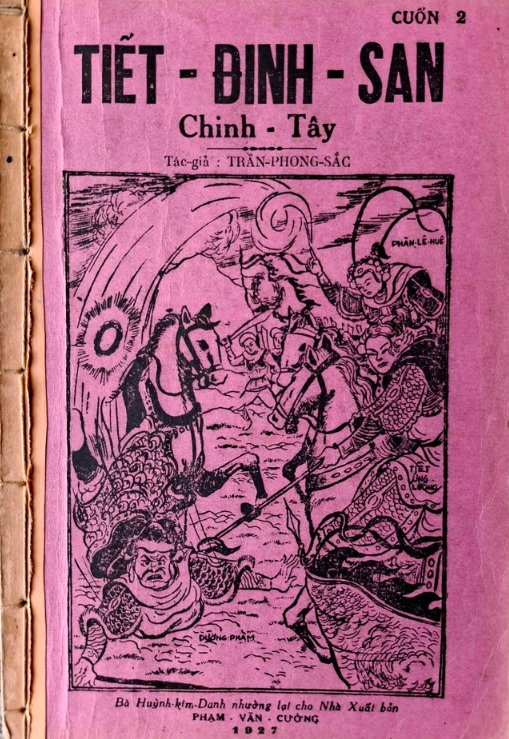

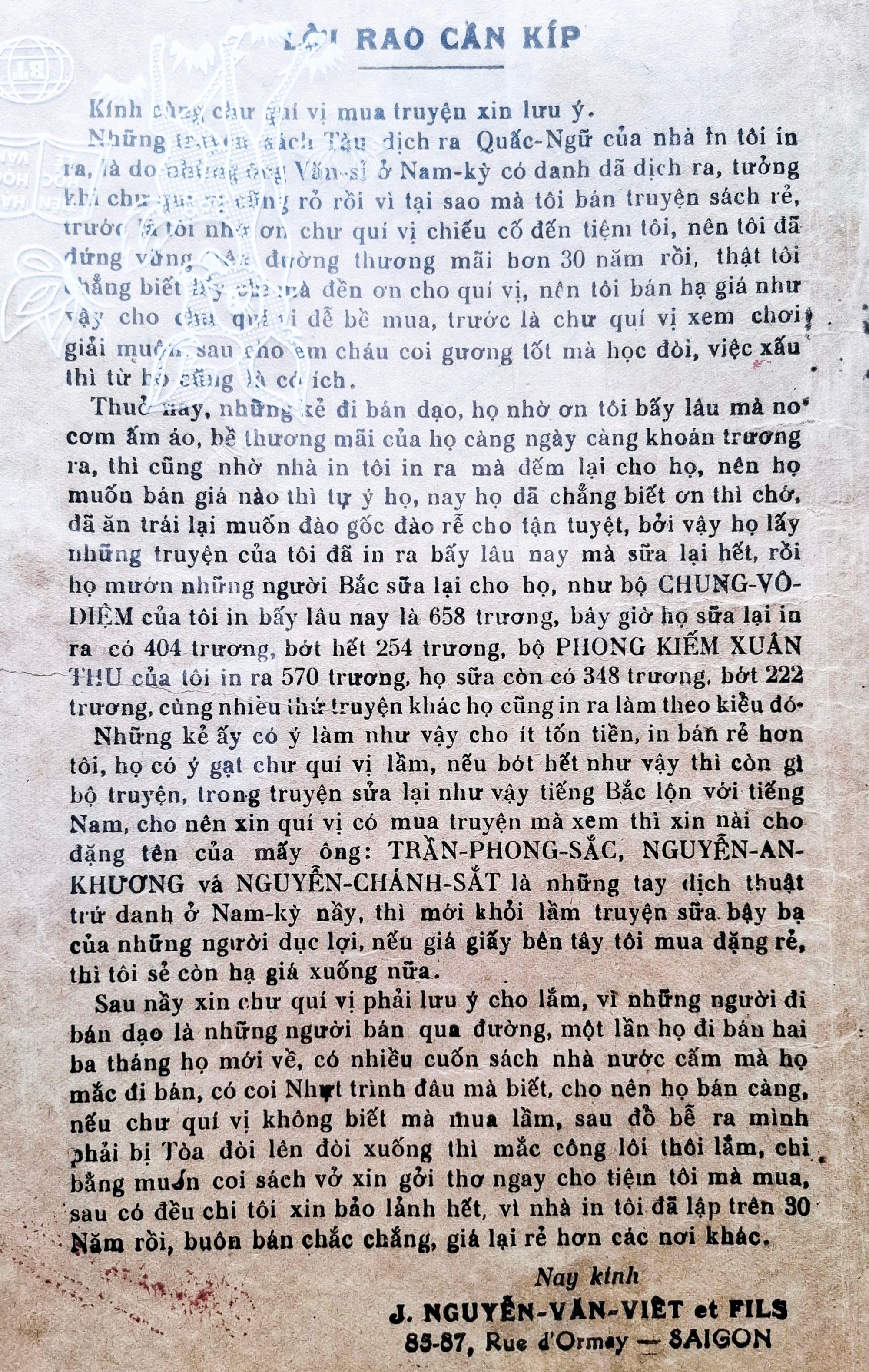
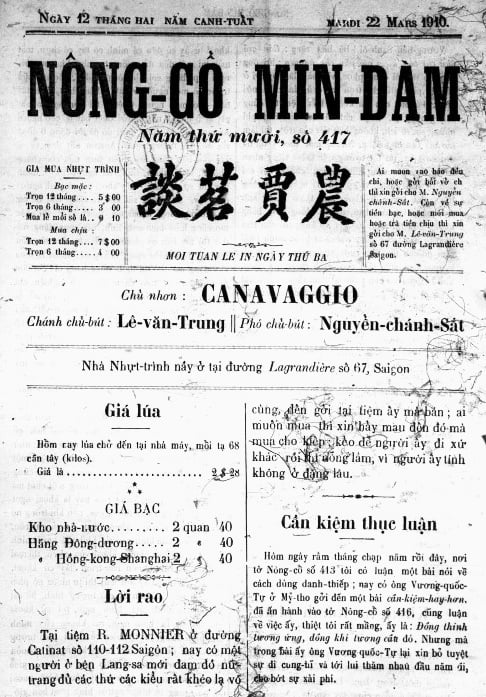
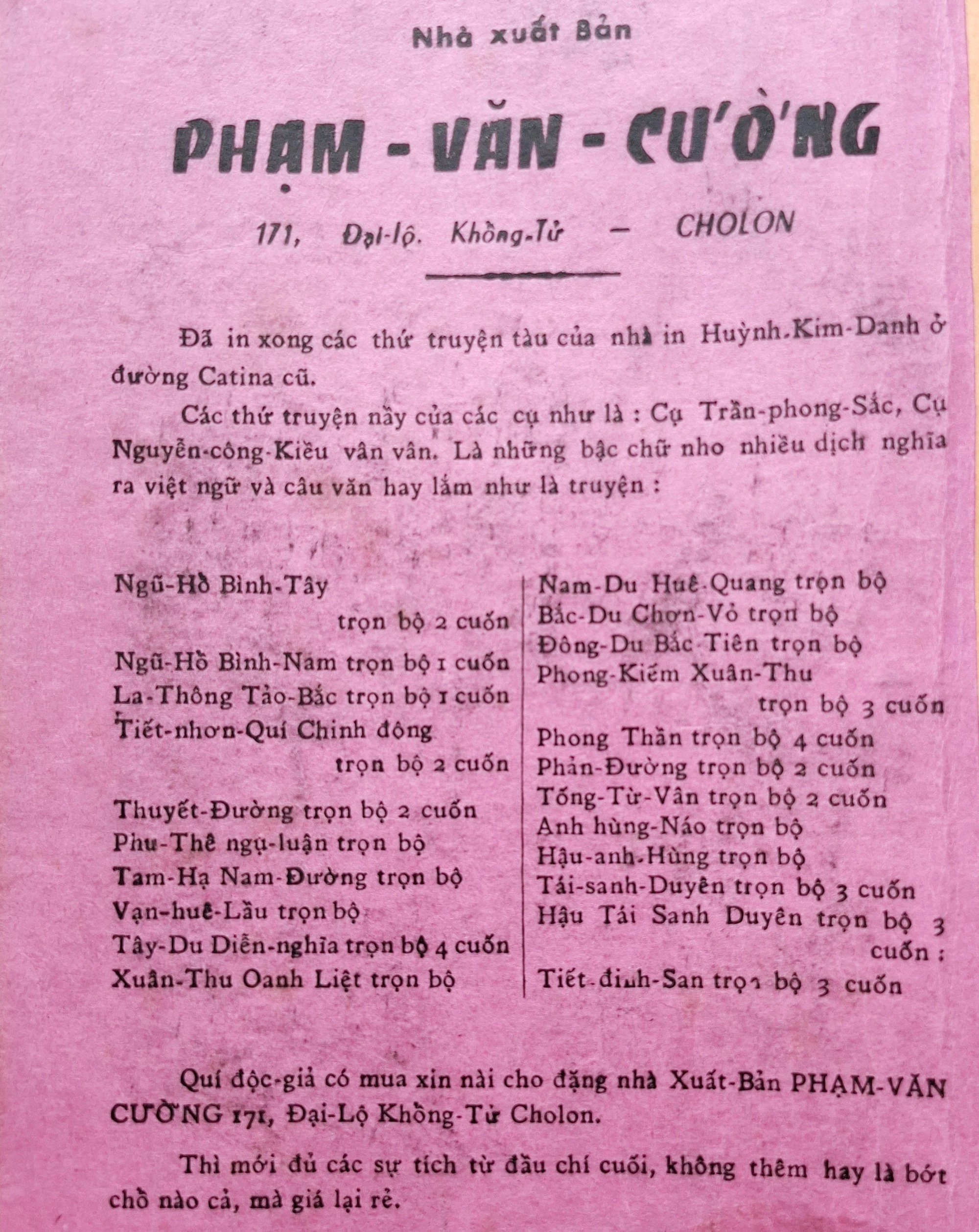












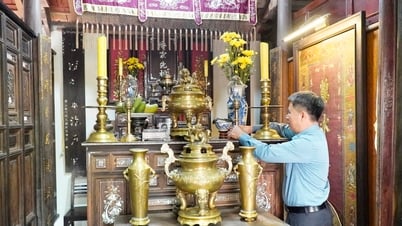
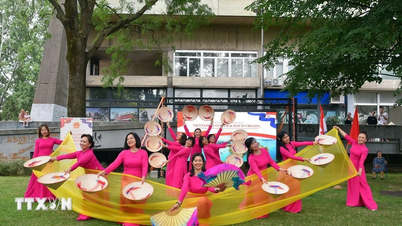





















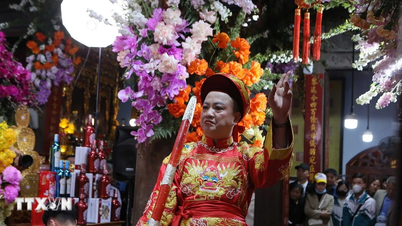
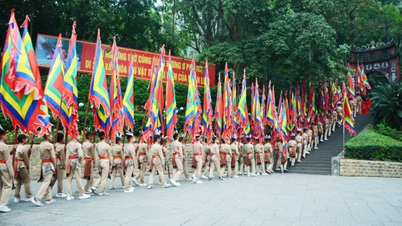



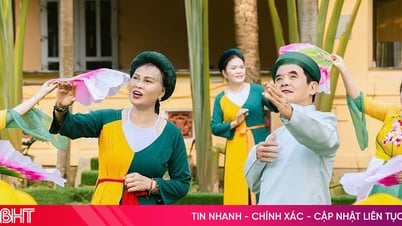





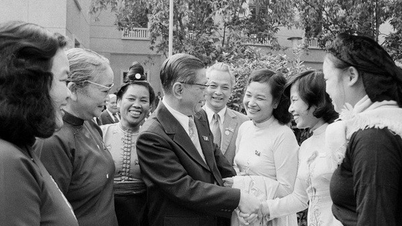












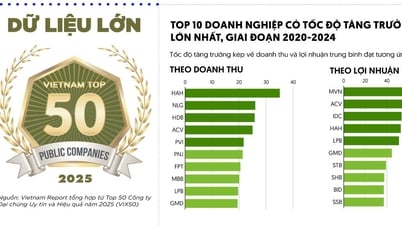

















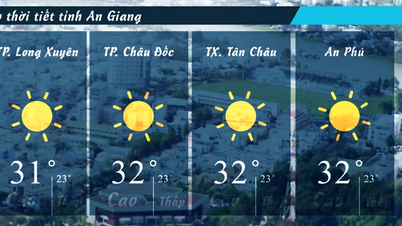





















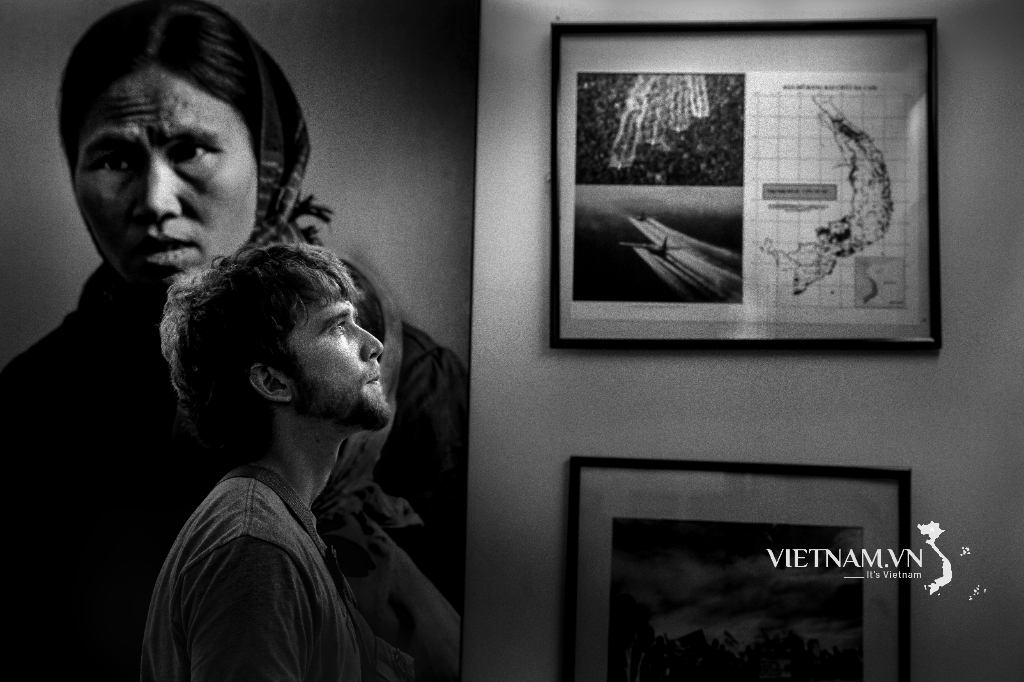
Comment (0)